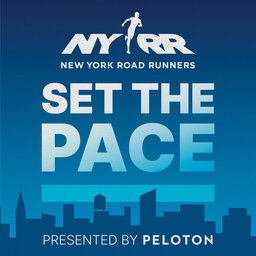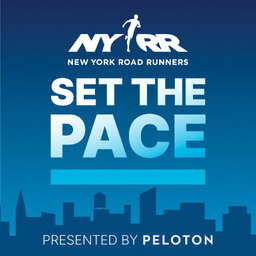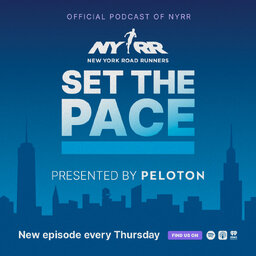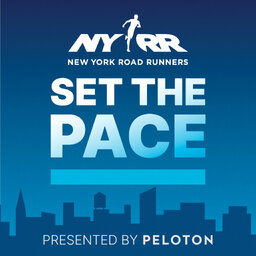How ADA Hero Deborah McFadden Paved the Way for Disability Equality
Joining the show this week is Deborah McFadden, a trailblazer in disability rights who played a key role in passing the Americans with Disabilities Act (ADA). At 23, while in graduate school, Deborah was struck with Guillain-Barré syndrome, a rare illness that causes paralysis. Facing intense discrimination, Deborah became determined to fight for disability equality and was later appointed U.S. Commissioner of Disabilities under President George H.W. Bush. The ADA transformed public life by mandating curb cuts, ramps, accessible restrooms, and equal access to education and employment. Deborah is the mother of Paralympic athletes Tatyana and Hannah McFadden. During a humanitarian trip to Russia, Deborah met six-year-old Tatyana, a child with spina bifida living in an orphanage. Deborah brought her home to the U.S., later adopting Hannah from an orphanage in Albania. Determined to give her daughters equal opportunities, she fought for inclusive school sports—leading to the Tatyana’s Law, which guarantees equal athletic opportunities for students with disabilities.
Today's Member Moment is with Kristian Ramos and stay tuned for a special Meb Minute with HSS all about crosstraining for runners, featuring Mohammad Saad, PT, DPT .
FOLLOW NYRR: Instagram | Facebook | X | TikTok
SUPPORT: Support the Set the Pace podcast! If you enjoy the show, please subscribe and leave a rating and review on Apple Podcasts or Spotify.
DISCLAIMER
 Set the Pace
Set the Pace


